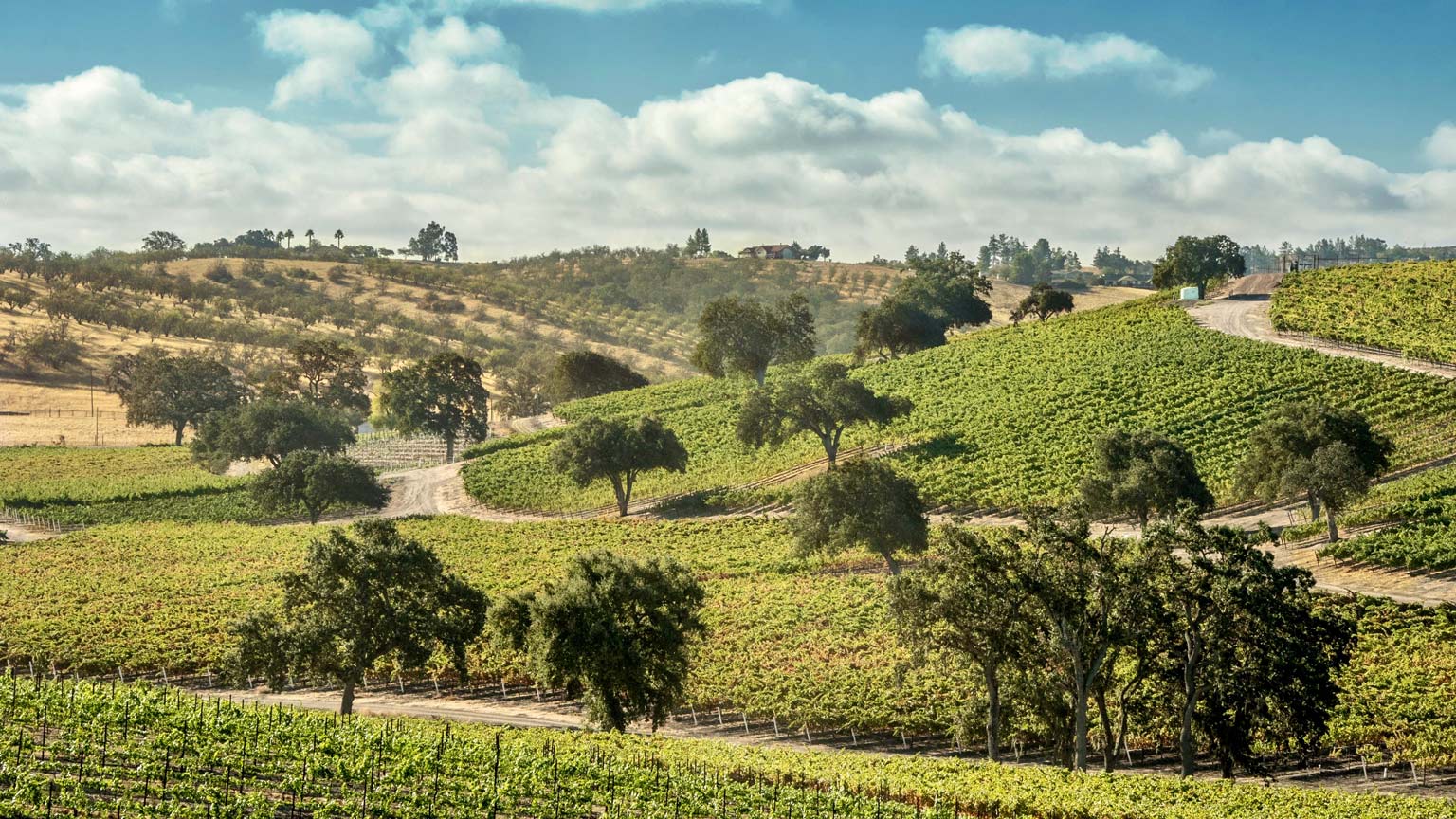Nose
Nose of pomegranate, cherry, cranberry,
and sandalwood, the aromas pop out of
the glass, with perhaps a hint of cola.
Palate
The
palate shows fresh cherry and raspberry
flavors, along with a bit of cocoa and
earthiness. Bright and fruity at first, this
wine turns more serious as layers of flavor
build on the finish.
Growing Conditions
When our Russian River Vineyard was planted in 1997 by Anne Moller-Racke and Joe
Nugent, 11 acres were planted to Dijon clones 115 and 667. In 2008 we decided to
plant 5 more acres on an adjacent plot, this time to Pommard clone. The idea was that
in these slightly more gravelly soils, the Pommard clone would thrive and produce an
elegant, perfumed wine to play off of the rich, powerful dark fruit flavors produced by
the Dijon clones. We named this block of Pommard clone “Ten Oaks” after the ten
majestic trees that border it on two sides.
Harvest
The season unfolded event-free, with normal budbreak, and good winter rains to fill the soil profile,
giving us the resources for a promising season. Strong and even shoot growth is one of the benchmarks
for a good season. Flowering occurred late in May, which is very normal, indicating we would pick in late
September. Temperatures at flowering were mild, leading to a healthy fruit set. Most of the summer
months continued with mild weather, allowing for less stress on the vines and causing a slightly larger
berry size than normal, which is one of the reasons 2012 was so bountiful.
The season continued quite perfectly for us growers, with no untimely weather occurrences; overall it
was a mild to cooler season. September saw a few days of heat, which helped to push harvest into gear.
And happily, harvest continued over the course of weeks, allowing us to focus on each of our vineyards,
and blocks, picking them at peak maturity. After the stress of 2011 this was a wonderful gift. All our fruit
was harvested before the first Fall rains visited the valley in mid-October.
Bottling
This best-barrel blend was assembled in January, 2014, and
bottled on Feb 5, 2014.
Winemaking
The fruit from our Ten Oaks block came in fresh, with low natural sugar and good acidity. After hand
sorting it was 80% de-stemmed, with 20% whole cluster included in the tank to add structure. The juice
cold-soaked on the skins for nine days before fermentation began naturally from indigenous yeast. We
performed one or two pumpovers or punchdowns per day during fermentation for gentle extraction. The
tank was drained to barrel when the wine was dry, after 17 days on the skins.
Aging
Malolactic fermentation began spontaneously in barrel, and proceeded over the first few months of
winter. In the spring the wine was tasting fresh and beautiful, but it seemed young and the decision was
made to hold the best barrels over-vintage.
Appearance
Light ruby garnet in color.







